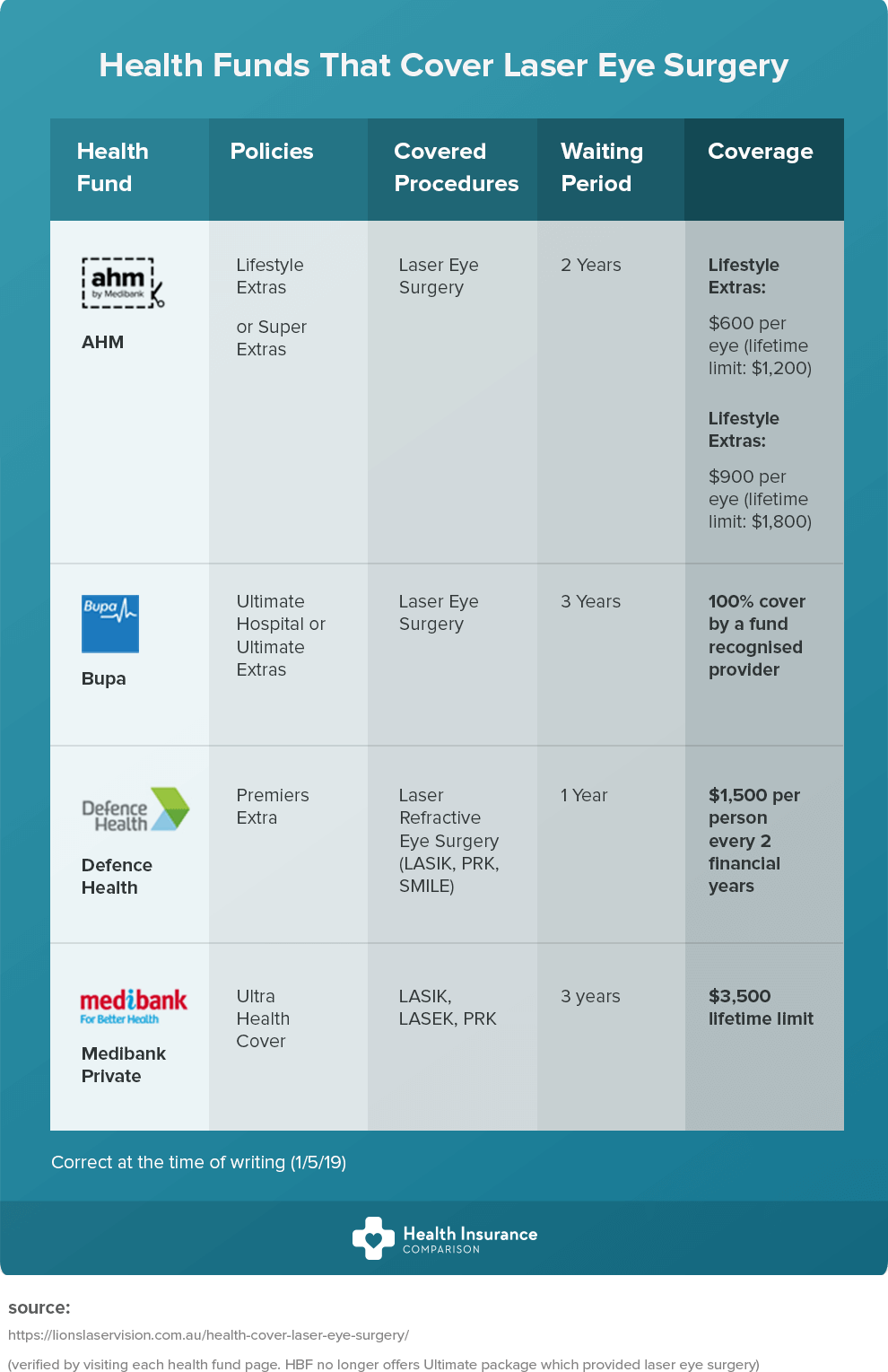As a cataract cosmetic surgeon, your day starts with a complete eye examination, where you examine patients' vision and lens quality. You recognize how important it is to identify cataracts accurately. When identified, you get ready for surgery, making certain every detail is represented. Yet the obstacle doesn't end there. The actual journey unravels in the operating room, where precision is key. What takes place following might define a patient's aesthetic future.
The Diagnostic Refine: Identifying Cataracts
When it involves detecting cataracts, clarity is key. You'll begin with a detailed eye examination, where you'll assess visual acuity and look for any type of signs of cloudiness in the lens.
Throughout this process, you'll utilize customized equipment, such as a slit lamp, to obtain a thorough view of the eye's structure. You'll likewise perform a dilated eye test to evaluate the lens and retina more thoroughly.
Collecting your person's case history is vital, as it aids determine danger aspects like age, diabetic issues, or previous eye injuries.
After analyzing the outcomes, you'll figure out the visibility and seriousness of cataracts. This thorough method guarantees you supply the most effective suggestions for treatment, establishing the stage for the following action in their treatment.
The Procedure: Accuracy at work
After diagnosing cataracts and going over therapy options, you get ready for the surgery, where precision is critical.
You get in the operating room, donning sterile gloves and a mask. The person relaxes pleasantly under bright lights, ready for the transformation.
You begin by administering local anesthetic, ensuring they feel no pain. With a steady hand, you make a tiny incision in the cornea, utilizing innovative techniques to eliminate the over cast lens.
You carefully place the fabricated intraocular lens, aligning it completely for optimal vision. Throughout the treatment, you keep track of vitals and change as required, maintaining focus on the job.
In simply a short time, you'll have restored your client's sight, a gratifying result for both of you.
Post-Operative Treatment: Making Sure Optimum Healing
Once the surgical procedure is full, your function shifts to guaranteeing the patient's smooth recovery.
You'll start by supplying clear post-operative guidelines, stressing the importance of using the eye guard and taking prescribed drugs. Advise them to avoid scrubing their eyes and engaging in difficult tasks.
Arrange look at these guys -up appointment within a few days to keep track of recovery and attend to any issues. Urge patients to report any signs of infection, such as increased redness or discharge.
Furthermore, go over the importance of using fabricated rips to reduce dryness. Support their psychological health by guaranteeing them that visual improvements may take time.
Final thought
In a cataract cosmetic surgeon's day, you witness the trip from medical diagnosis to recovery. https://customeyelasiksurgery96173.bloggip.com/36383443/find-out-about-the-significant-differences-between-conventional-cataract-surgical-treatment-and-laser-cataract-surgical-treatment-that-might-affect-your-recovery-and-vision-what-will-your-choice-be see the accuracy in surgical procedure and the treatment taken post-operation to ensure your optimum recovery. Via this experience, you gain clarity not simply in vision, however in recognizing the whole procedure. https://wexnermedical.osu.edu/eye-care-ophthalmology/conditions-and-services/oculoplastics depend on developed in between you and your specialist is essential, paving the way for a smoother recovery. With the ideal support, you're on your means to taking pleasure in a brighter, more clear globe.
